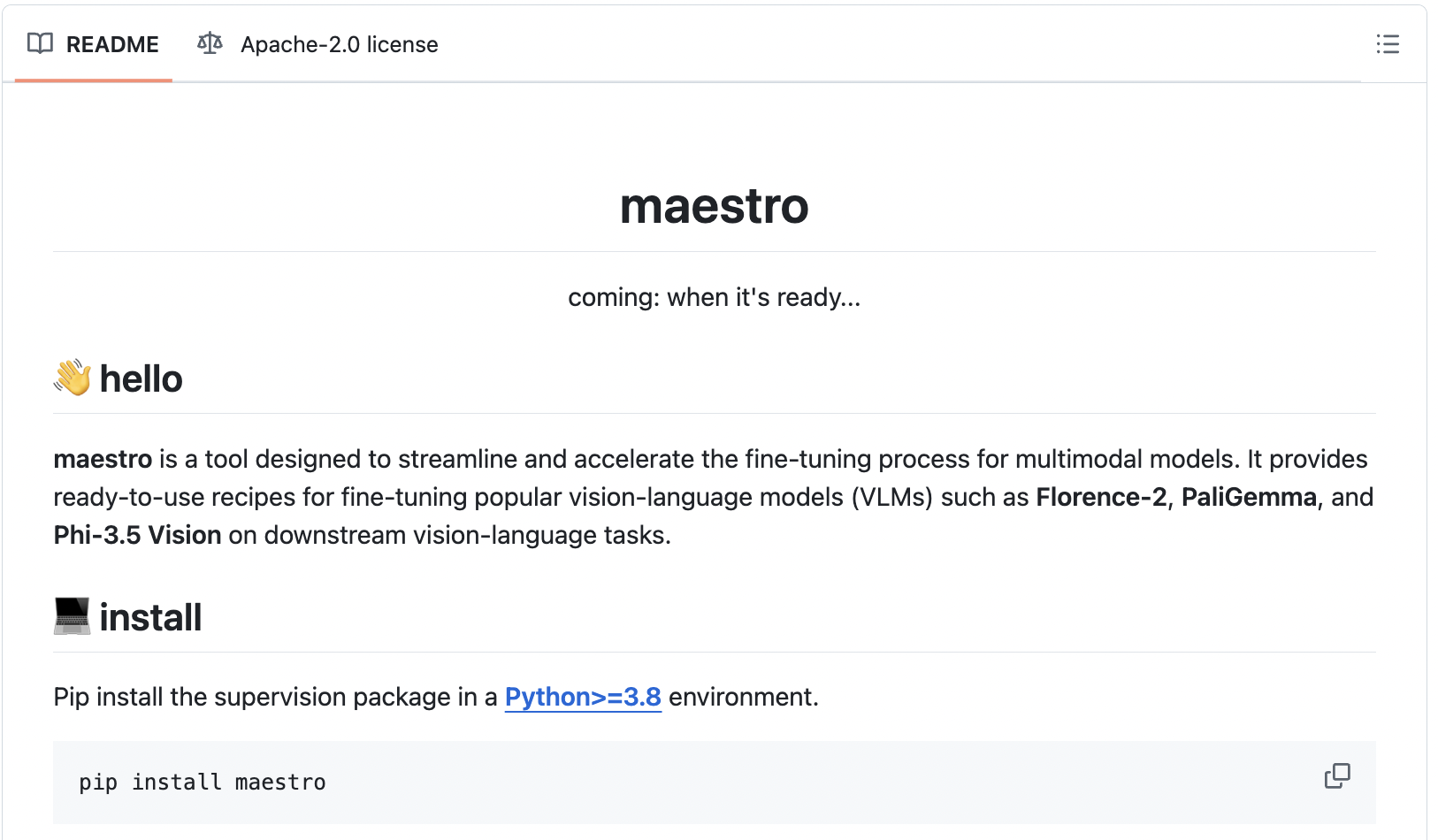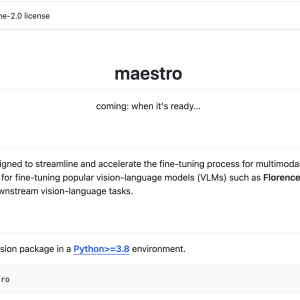

The ability of vision-language models (VLMs) to comprehend text and images has drawn attention in recent years. These models have demonstrated promise in tasks like object detection, captioning, and image classification. However, it has frequently proven difficult to fine-tune these models for particular tasks, particularly for researchers and developers who require a streamlined procedure to modify these models for their requirements. It takes a while and calls for specific expertise in computer vision and machine learning.
Users can fine-tune vision-language models with the help of existing solutions, but many of them are complicated or call for multiple setups and tools. While some frameworks only provide minimal support for particular models or tasks, others necessitate laborious manual configuration, which renders the process ineffective. Because of this, many users have trouble locating a quick, simple solution that complements their workflow and doesn’t necessitate extensive knowledge of AI model tuning.
Maestro is introduced to simplify and accelerate the fine-tuning of vision-language models. It is designed to make the process more accessible by providing ready-made recipes for fine-tuning popular VLMs, such as Florence-2, PaliGemma, and Phi-3.5 Vision. Users can fine-tune these models for specific vision-language tasks directly from the command line or using a Python SDK. By offering these straightforward interfaces, Maestro reduces the complexity of configuring and managing the fine-tuning process, which allows users to focus more on their tasks rather than the technical details.
Maestro has several notable features, one of which is its integrated metrics for assessing model performance. To measure how well a model can predict the location of objects in an image, it includes metrics such as Mean Average Precision (mAP), which is frequently used in object detection tasks. Throughout the fine-tuning process, users can keep an eye on these metrics using the platform to make sure the model is improving as predicted. Users can also fine-tune models based on their unique data and hardware resources by controlling crucial parameters like batch size and the number of training epochs.
Maestro tackles the difficulty of optimizing vision-language models by offering a straightforward but effective tool for Python and command-line processes. Without requiring in-depth technical knowledge, it assists users in quickly fine-tuning models thanks to its ready-to-use configurations and integrated performance metrics. This facilitates researchers’ and developers’ application of vision-language models to tasks and datasets.
The post Maestro: A New AI Tool Designed to Streamline and Accelerate the Fine-Tuning Process for Multimodal AI Models appeared first on MarkTechPost.